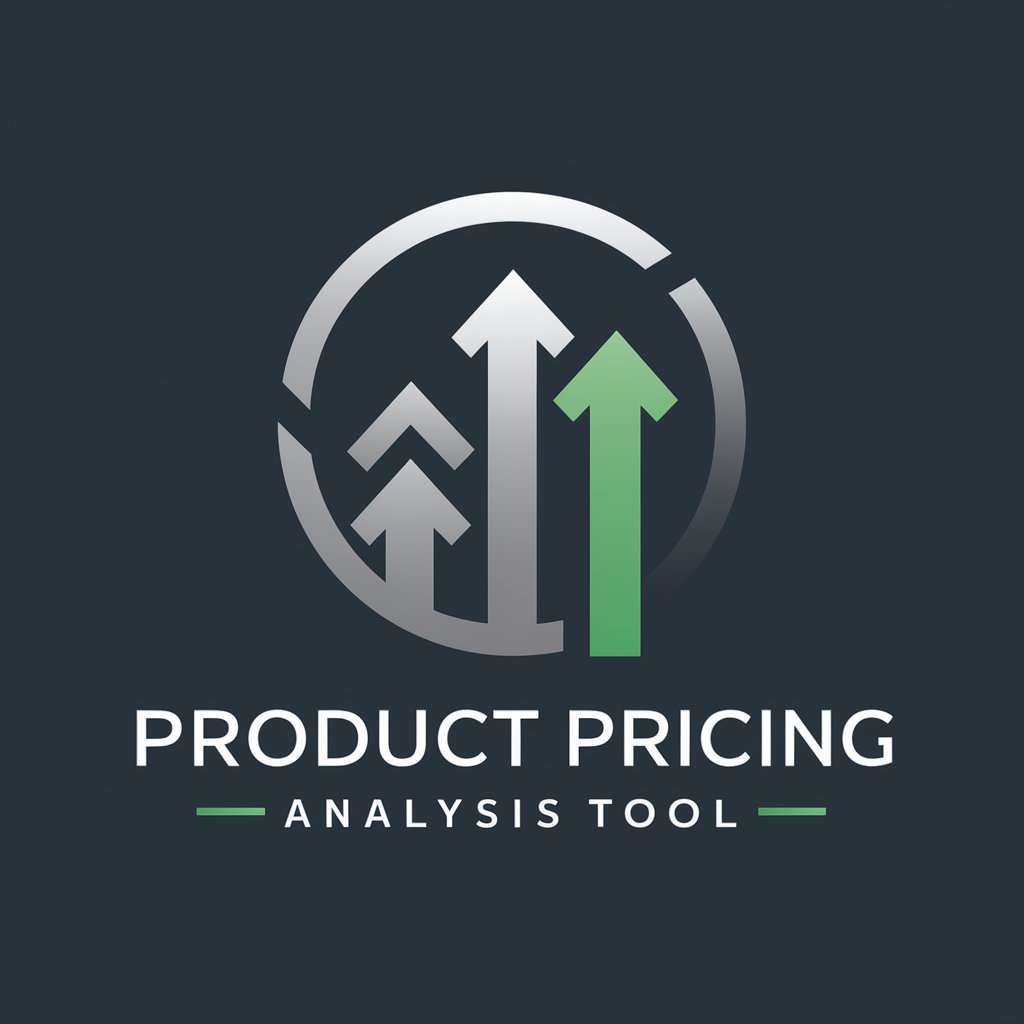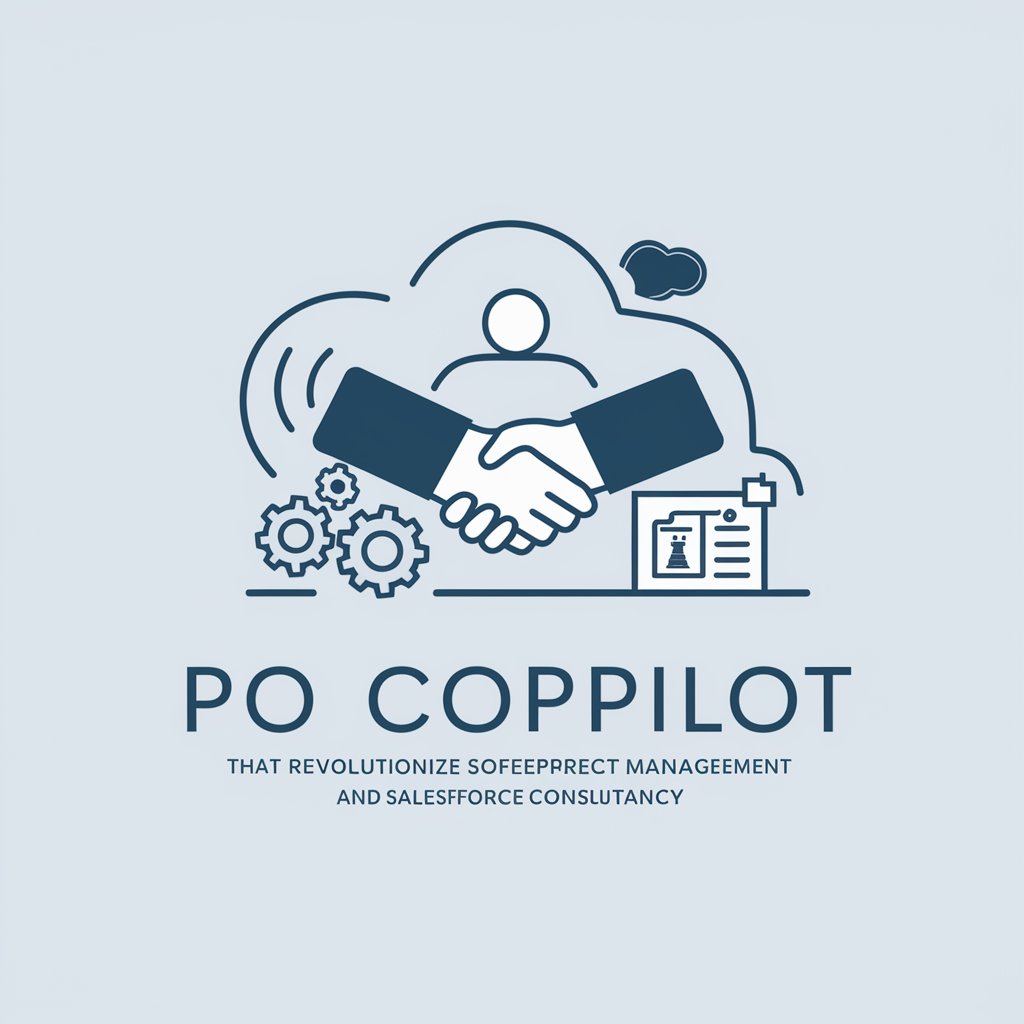Product Pricing Analysis - Price Analysis & Trends

Welcome! Let's dive into the latest product pricing trends and insights.
AI-driven insights for smart pricing decisions.
Analyze the price trends for the latest smartphones in the past year.
What are the current market trends for fashion accessories in 2024?
Compare the price fluctuations of smart home devices over the last six months.
Provide an analysis of the pricing trends for laptops in different regions.
Get Embed Code
Overview of Product Pricing Analysis
Product Pricing Analysis is designed to delve into the nuances of pricing trends across various markets, aiming to offer users a deep understanding of how prices fluctuate and what drives these changes. It serves to dissect and present data related to pricing in a manner that is both accessible and informative, enabling consumers to make educated decisions based on market dynamics. For example, in the technology sector, this could involve analyzing the lifecycle pricing of smartphones, highlighting how prices tend to drop following the release of newer models. Similarly, in the fashion industry, it might examine seasonal pricing trends, demonstrating how end-of-season sales affect the pricing structure of clothing and accessories. Powered by ChatGPT-4o。

Core Functions and Applications
Trend Analysis
Example
Identifying how the prices of electric vehicles (EVs) have evolved over the past five years, taking into account factors like technological advancements, government incentives, and market demand.
Scenario
This function is particularly useful for potential EV buyers looking to understand the best timing for a purchase, based on historical pricing trends and future projections.
Comparative Price Analysis
Example
Comparing the prices of similar products across different retailers or brands, such as comparing the prices of a specific model of running shoes.
Scenario
Shoppers can leverage this analysis to find the best deal available, ensuring they pay a fair price for the product they desire.
Price Forecasting
Example
Predicting future price movements of raw materials like steel or cotton, which are critical for manufacturing and fashion industries respectively.
Scenario
Manufacturers and fashion designers can use these insights to optimize their inventory purchasing strategies, potentially saving costs or avoiding price hikes.
Impact Analysis
Example
Evaluating the impact of external factors such as geopolitical events or natural disasters on product pricing, such as how a hurricane in a key oil-producing region might affect gasoline prices worldwide.
Scenario
Businesses and consumers alike can benefit from this analysis by adjusting their strategies or consumption patterns in anticipation of price changes.
Target User Groups
Consumers
Individuals looking to make informed purchasing decisions, whether it's buying a new laptop, choosing a car, or picking out a new wardrobe. These users benefit from understanding not just current prices, but the factors influencing these prices and potential future trends.
Businesses
Companies that need to stay competitive by optimizing their pricing strategies, whether by adjusting to market trends, responding to competitor pricing, or planning future inventory purchases. This includes retailers, manufacturers, and service providers across all sectors.
Market Analysts
Professionals whose role involves forecasting market trends, analyzing competitive landscapes, and advising on pricing strategies. They rely on detailed, data-driven insights to provide recommendations to businesses and investors.

How to Use Product Pricing Analysis
Start Free Trial
Visit yeschat.ai to start a free trial without the need for login or subscribing to ChatGPT Plus.
Select Product Category
Choose the product category you're interested in analyzing, such as technology, fashion, or home goods.
Input Product Details
Provide specific details about the product(s) you wish to analyze, including brand, model, and any other relevant information.
Analyze Pricing Data
Utilize the tool to analyze current market prices, historical trends, and compare prices across different retailers.
Review Insights
Examine the pricing insights provided, including recommendations on the best time to buy or sell, and strategies for price negotiation.
Try other advanced and practical GPTs
William Shakespeare
Empowering Shakespearean exploration with AI.

Podcast Pro
Elevate Success with AI-Powered Insights

Philosophy
Dive Deep Into Philosophy with AI

Philosophy Otaku
Empowering decisions with philosophical wisdom

Virtual Home Organizer
Streamlining spaces with AI-driven advice

Garage Organization
AI-powered clutter-free garages

Product Management Mentor
AI-powered Product Management Coaching

Product Therapist
Streamlining Product Management with AI

Product Sparks Coach
Elevating Product Management with AI

Product Mentor
Empowering Product Success with AI

Product Leadership Advisor
Empowering Product Teams with AI-Driven Strategy

Salesforce PO Copilot
Empowering Salesforce projects with AI

Product Pricing Analysis Q&A
What is Product Pricing Analysis?
Product Pricing Analysis is an AI-powered tool designed to provide insights and analysis on product pricing trends, assisting consumers in making informed purchase decisions by analyzing market trends, price fluctuations, and other relevant aspects.
Can Product Pricing Analysis predict future price trends?
Yes, by analyzing historical pricing data and market trends, the tool can provide forecasts on potential future price movements, helping users to strategize their purchase or sales decisions.
Does it compare prices from different retailers?
Absolutely, the tool compares prices across a variety of retailers, offering users a comprehensive view of the market to identify the most competitive pricing.
How can businesses benefit from Product Pricing Analysis?
Businesses can leverage the tool to optimize their pricing strategy, monitor competitor pricing, and adjust their product prices in real-time to stay competitive in the market.
Is technical knowledge required to use this tool?
No technical knowledge is required. The tool is designed with a user-friendly interface that allows anyone to easily analyze pricing data without prior experience.
